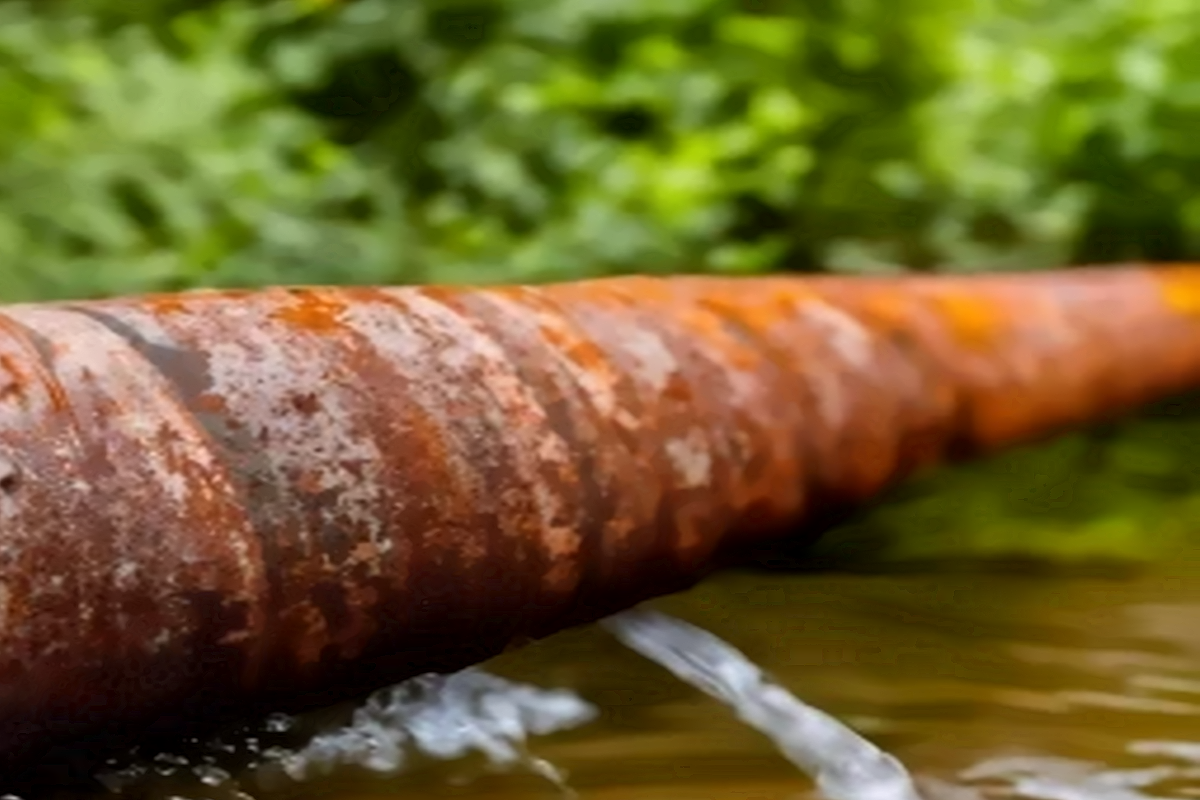According to assistant professor Anita Leovać-Maćerak from the Faculty of Science and Mathematics in Novi Sad, who deals with wastewater treatment, there are only 26 wastewater treatment plants in function, but also that in Serbia, only 20 percent of municipalities have communal waste water treatment facilities, while other large urban centers besides the capital, such as Novi Sad and Niš, do not have them either.
The absence of a wastewater treatment system is not the biggest problem at the moment, but also the fact, as stated by Leovać-Maćerak, that according to the construction of sewage infrastructure, Serbia belongs to the group of medium-developed countries, while in terms of wastewater treatment, it is at the very back. About 55 percent of the population (3.9 million inhabitants) is connected to sewage systems. Also, the largest number of existing wastewater treatment plants use outdated technologies, bearing in mind that they were built 30 or more years ago.
Although there are new ideas in the field of wastewater treatment, many of them are only theoretical for now. Until now, several forms of purification treatment have been accepted in the world, namely: primary treatment (removal of suspended substances by sedimentation, filtration and flotation), secondary treatment (removal of part of dissolved substances by biological or chemical means), tertiary treatment (removal residual pollution – non-biodegradable substances, pathogens, toxic substances), disinfection of purified water and, finally, treatment of sludge resulting from previous processes.
In the opinion of assistant professor Leovać Maćerak, the construction of the system itself is very expensive, which is one of the additional reasons for the low degree of realization of purification.
The purification system itself is preceded by the construction of a sewage network that would deliver the polluted water to the plant, which raises the price and value, and further slows down the process.
In recent years, many factories in Serbia have a legal obligation to have water purifiers, but often these systems are not sufficient, so the water released by the plants also has a certain degree of pollution, which we consider technological waste water.
Wastewater can also be communal, discharged by households, but also water coming from farms, medical institutions.
For a serious approach to solving this problem, the Government of Serbia launched the “Clean Serbia” project, which envisages not only the construction of a sewage network, but also a treatment plant.



